“Quality is not act. It is a habit.” ~Aristotle
Quality has been the main target for engineers since the beginning of our time; you can come up with something new, but if the quality is not good enough, it will not last.
In regards to quality, we can still use the bridges from the Roman Empire after so many centuries. In ancient Rome, when they built a bridge, they asked the architect to remain below while a chariot full of stones was crossing. If the bridge survived, they congratulated the architect, if not, there was no need to.
Quality systems have evolved a lot since those times and for some systems like healthcare ones, it remains a critical focus. When we build our software, we do it for different hospitals in different parts of the world for a different types of users. As a result, we end up with a variety of ways to use our application and many paths to test.
With many applications that have numerous workflows per application and several versions of each application “live” at the same time, the combinations keep growing every year. Our quality system needs to cover all of these evolving combinations. Every time we do a new release, we need to ensure the quality of the software.
The analogy we use now, which became popular due to COVID masks, is about the gruyere cheese system. If you place several slides of gruyere cheese, one over the other, you end up filling the holes. Similarly, COVID masks are made of several layers of protection to prevent the virus from getting in.
Just as a variety of layers build to create protection, we do the same with our quality system. We build several layers in our process so what we don’t catch in one layer can be found on another one. Every layer covers different types of testing and our quality team designs a test plan for every release. The different layers include package acceptance, smoke test, testing of new functionality, scoping defects, upgrade test and finally the regression testing of all the areas that we covered.
In an effort to continuously improve quality to our healthcare software, we are adding a new layer, user workflows. Every time we have an interaction with our users, we learn a new workflow they are using. We study it and add it to our testing workflows. Before the pandemic, we had planned to send our test engineers to the hospitals to learn more about the different workflows. Currently, we’ve paused these in-person visits, but if you are one of our users and want to help us improve the quality of our system for your benefit, please reach out to us and we will work with you to learn about your different workflows and we will add them to our quality check/test scenarios.
About the Author
Marc Lloses Padilla, Vice President, Research and Development

Marc Lloses brings over 20 years of experience in the engineering world. Prior to joining the Picis team, Lloses worked on Ericsson Mobile R&D and on Siemens Dematic. At Ericsson he was in a pure engineering role, working with the research of new software for mobile platforms. Moving on to Siemens Dematic he was in a more customer-focused role, creating custom solutions for automated storing.
Since 2004 Lloses has been working at Picis, evolving from Senior Developer to Team Lead, Manager and Director. During these years, he has been leading the development of all the Perioperative applications while empowering the team to be innovating but at the same time following ISO quality standards for a healthcare company.
Mr. Lloses earned a bachelor’s degree in Computers Engineer from UPC (Barcelona) and after that, he graduated in Audiovisual Communication at UOC (Barcelona) while he was already working. He also took a Master on Design Patterns at UOC.






